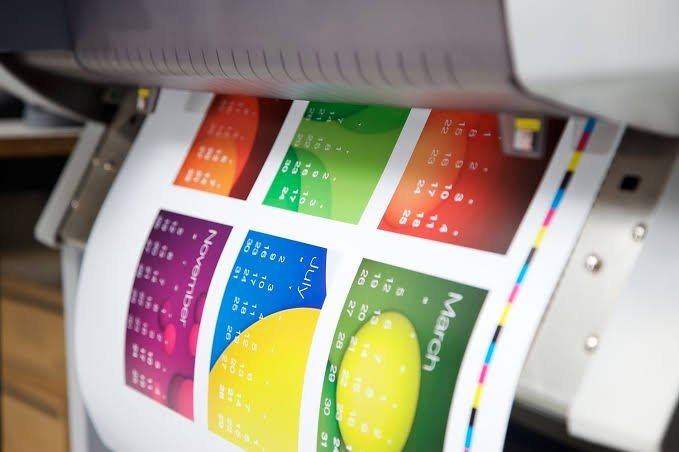Resolution is one of the most common words that you can hear through-out the tech industry. People are always talking about improving resolution and taking it to the next level. All companies with products that involve screens such as mobile or monitor companies try to update resolution by using different displays such as LCD, LED, OLED, and so on.
What is resolution? It’s simply the sharpness and clarity of the image that you are seeing and how you can achieve those same criteria in print.
Before we get into the process of how your image is transformed from a soft copy to a hardcopy, there are some terms that you have to be familiar with as they are the pillars of this specific topic.
- DPI: is short for dots per inch, and this means the number of dots in one line of an inch in printing.
- PPI: is short for pixels per inch, and to put it in simple terms, a pixel is a dot in a film. In other words, it is the same as DPI but for the soft version.
- LPI: is short for lines per inch, and it relates to the space between every two consecutive lines per inch.
If you want to know more about DPI, PPI, and LPI, Click here.
Screen Resolution
The image that you see on your screen is mostly very clear; it does the job. What you don’t know is that images viewed on a monitor are mostly 75 pixels. Why? Because that’s the maximum that 98% of monitors can show unless you have a monitor that’s specifically designed to show more than that.
You’ll also find that the majority of the normal Google-picture-search pictures are, even, much less than that. These pictures are designed to be hosted by a webpage that needs to open as fast as possible. A large/high-resolution photo will hamper that and may discourage people from your website. The higher resolution won’t benefit you when people abandon your platform. لعبة قمار
Print Resolution
All of this change in print if you want the picture to look decent. This picture will have to print formidably. There are, of course, several other factors affecting such a decision, such as the viewing distance. مواقع المراهنات العالمية
Meaning that if you’re going to print a poster that’s going to be hung on a building, you will print it in a lower resolution, as people seeing it from far will not be able to tell the difference between high and low resolution. However, if you are going for a brochure or a flyer that’s going to be handheld and looked at quite closely, you have to go with a high-resolution, even than the 300 pixels
Calculations
Now, this is where the magic happens. We’ll take you through the exact steps that you’ll need to reach the perfect print. كازينو اون لاين عربي
We’ll work here with the standard 4×6 inch photo. How can you achieve professional pictures in the comfort of your very own home? رهان كرة القدم
As mentioned before, the standard resolution of pictures ought to be 300 pixels per inch. Hence, what we are going to do is multiply our 300 pixels by both the width and the height. That will give us the dimensions of the photo in pixels. Whether https://casinodulacleamy.com/ you are on the go or on a desktop computer, Android Casino 2020 gives the option to play a wide range of live dealer games, jackpot slots games, and online casino games. بلاك جاك اون لاين
300 pixels per inch x 4 inches wide = 1200 pixels
300 pixels per inch x 6 inches high = 1800 pixels
The next step here is to multiply the height by the width to get the full size in pixels:
1200 x 1800 = 2,160,000 pixels.
You might think that 2,160,000 is such a humongous number, but in reality, it’s not on the scale of professional photos. The least pixel-size you can have for these photos is 1.4 million pixels, so the difference isn’t that big.
The advantage of that scaling is that it fits the majority of digital cameras on the market today. 5MB cameras are the pioneers of everyday photography, so you’re quite safe there.
Other Variables
The quality of your printed photos can be affected by other factors as well:
- Paper used.
- Ink used.
- Type of printer used.
So, if you are going for an overall high-quality product, you might want to spend a little bit more on this stuff as well as putting in the effort to set your picture as needed. إلعب واربح
Final Thoughts
What you can draw up from this article is that its elementary math, 1+1 = 2. You have to know the calculations, and you have to know what you want/need.
Apply those needs to the equations that you have. Also, one last step is; don’t forget that you hardly ever print a picture on the entire paper. There will be cutting/cropping, so always pay attention to that and make sure to include it in your preparations.
The bottom line here is that, if you do not set your picture right and try to enlarge its size by expanding the dimensions, you will get a blurry, fuzzy picture, and no one wants that.
